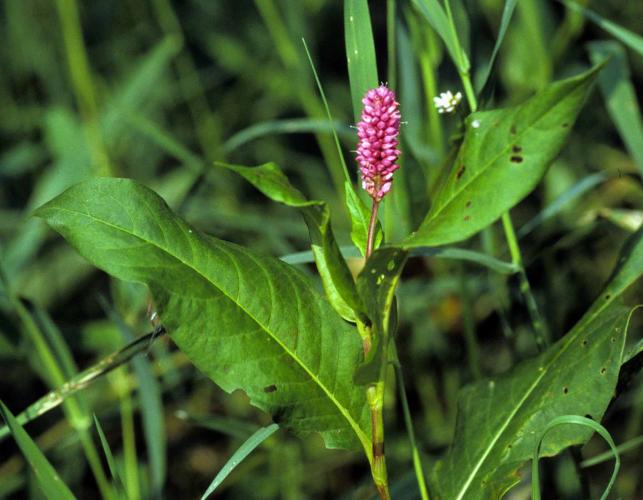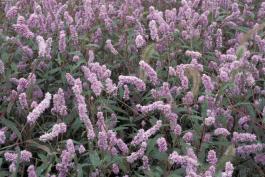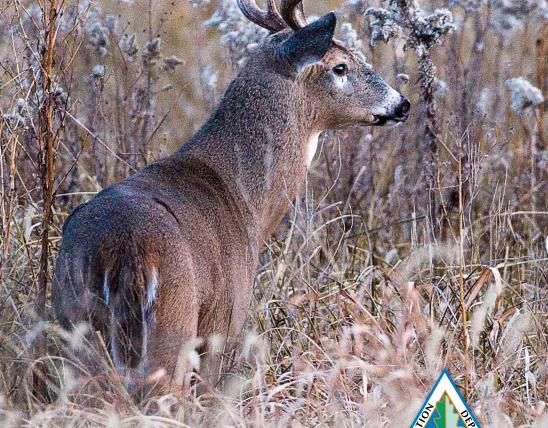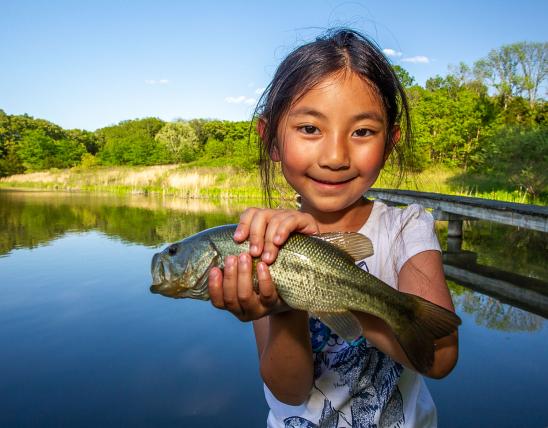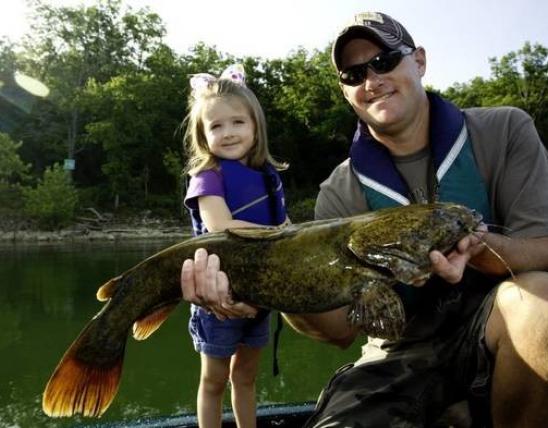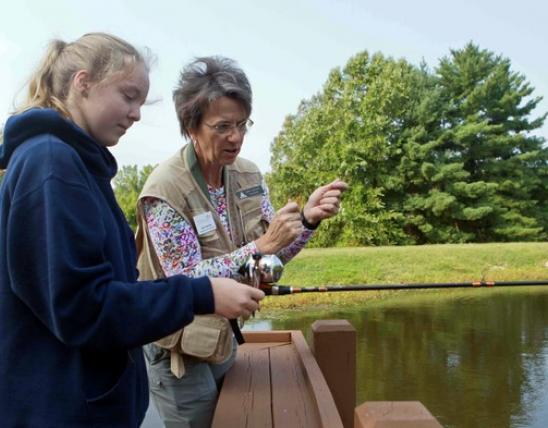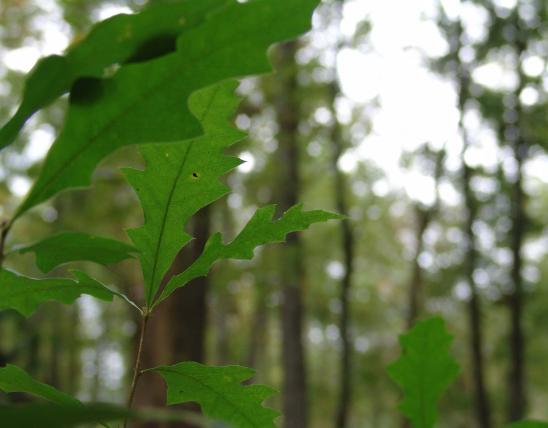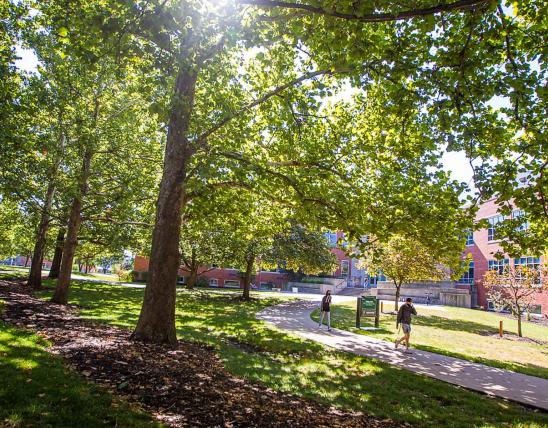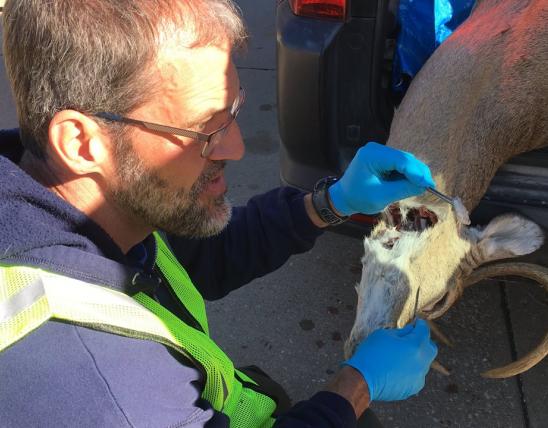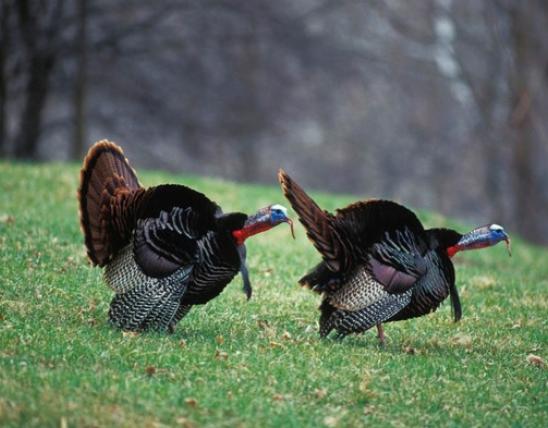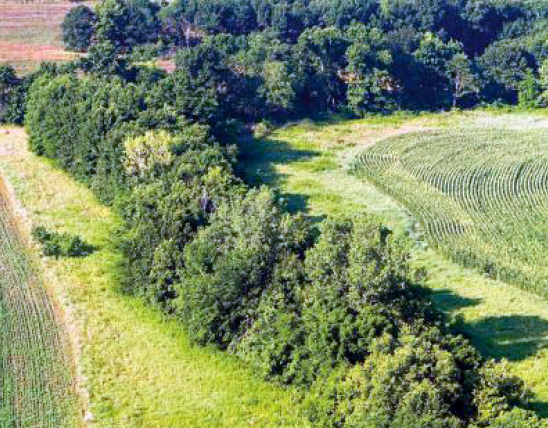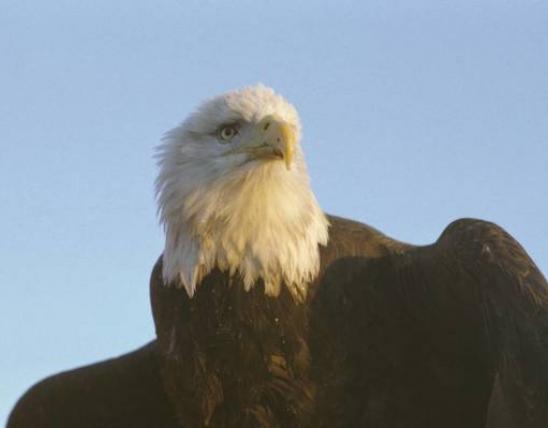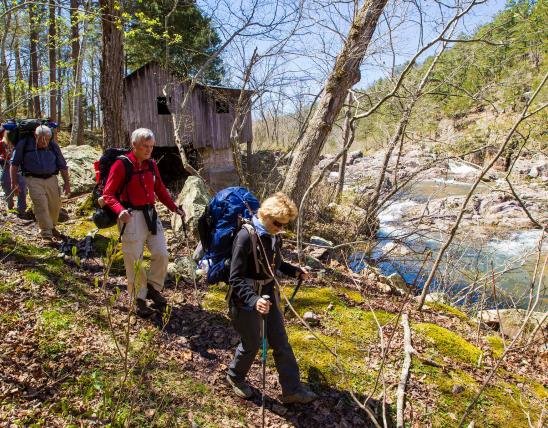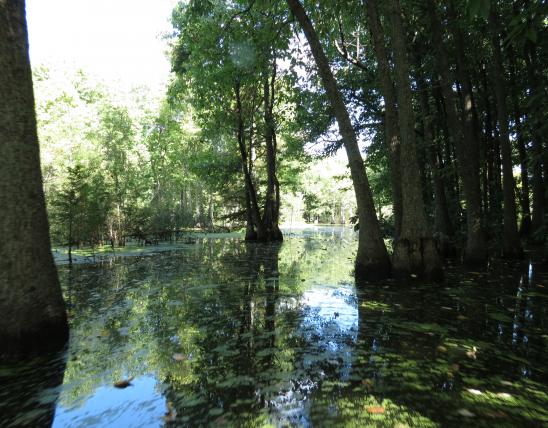
Water smartweed is a terrestrial or aquatic perennial often forming dense colonies covering large areas. Stems erect, branching, often sprawling as they grow, taking root at the swollen nodes. Flowers in long, erect racemes, rich pink, rarely white, showy. Blooms June–October. Leaves alternate, ovate, sharply pointed, on petioles (leaf stems).
Similar species: There are some 15 other smartweeds (in the genus Persicaria) recorded for our state. If the more traditional taxonomic groupings are used, then there are nearly 30 relatives (smartweeds and knotweeds, in the genus Polygonum) recorded for our state.
Length: stems to about 40 inches.

Occurs statewide except some Ozark counties.
Habitat and Conservation
Found in any wet, open land, streamsides, shores of lakes, ponds, and sloughs. This is an amphibious plant that can live submerged in water, or on wet banks or other soggy ground, yet can also live in merely moist areas. Plants growing underwater tend to be hairless, while those growing out of water often have hairs on stems or leaves.
Status
This plant was, for a long time, included into a very large genus Polygonum. Many botanists have decided to break up that group into separate genera. Water smartweed and its close relatives were segregated into the genus Persicaria, in part, because of their shared characteristic of having spikelike flower clusters.
Human Connections
This and other smartweeds were used medicinally and as food by various Native American tribes. Note that handling some species of smartweed can sometimes cause a skin rash in sensitive individuals. To gardeners, smartweeds are often considered a nuisance.
Ecosystem Connections
Smartweeds are related to buckwheat, and their nutritious nutlets are an important food for aquatic waterfowl, songbirds, quail, doves, and small mammals. Land managers often encourage our native smartweeds in wetlands as wildlife food as well as to hold soil and purify water.
